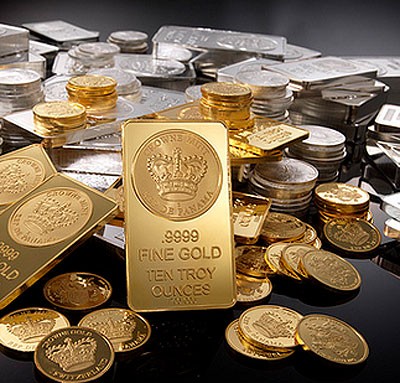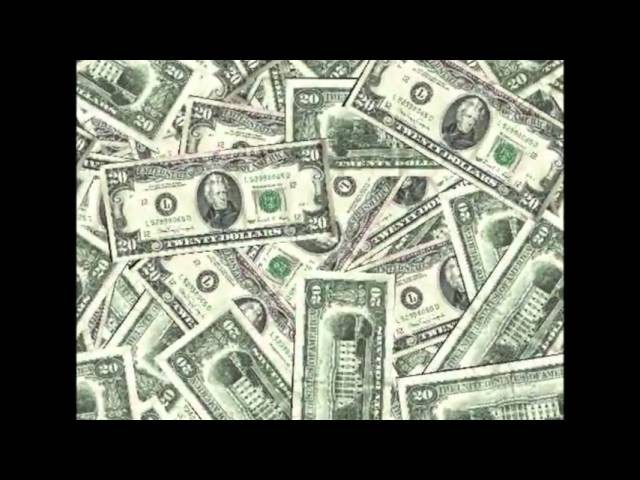ETFs minted to court the bullish US dollar
Post on: 29 Сентябрь, 2015 No Comment

It’s good to be the king these days—King U.S. dollar, specifically.
Ziquiu | IStock/360 | Getty Images
The dollar had rallied a record 12 weeks in a row into October, and hedge funds and other large speculators continue to place bets on the dollar against other major currencies, according to a recent report from the Commodity Futures Trading Commission.
The dollar bandwagon makes sense: The Fed has ended quantitative easing and is expected to raise interest rates next year, taking away two headwinds for a stronger dollar. The dollar chart also tends to move inversely with oil prices, and the precipitous crash in oil prices also points to a stronger dollar. Meanwhile, the U.S. economy remains among the strongest in the world, while Europe and Japan continue to muddle along.
The greenback will stay strong for the next few years, said John Kicklighter, chief strategist at DailyFX.com. One reason is that the dollar is still a safe-haven currency, especially if the stock market melts down. Also, other major economies, like Japan and the euro zone, have been troubled. That gives the dollar another advantage, he said.
The largest ETF that taps into a surging dollar is PowerShares DB US Dollar Index Bullish Fund (UUP ), which is up 8 percent this year through Nov. 14. It tracks the dollar’s performance against six other currencies: the euro, Japanese yen, British pound, Canadian dollar, Swedish krona and Swiss franc. The ETF is euro-heavy, composing 57.6 percent of fund allocation compared to just 13.6 percent for the yen, though it’s still diversified among more than one currency.
The smaller, WisdomTree Bloomberg U.S. Dollar Bullish Fund (USDU ), up near-6 percent through Nov. 14, pegs the dollar against 10 other developed and emerging market currencies, such as the Mexican peso and the Brazilian real. However, the euro has the top allocation spot at 31.36 percent, followed by the yen at 19.23 percent.
Shorting the euro has been the hands-down winner so far. The largest ETF in the currency niche is ProShares UltraShort Euro (EUO ), which is up a hefty 18.5 percent through Nov. 14 and uses leverage to double-down on a falling euro: It books profits when the euro falls. Kicklighter thinks that the dollar will be strong against the euro for at least another year. It will also be exceptionally volatile. There’s a good probability that the euro zone will suffer another recession before the euro stabilizes, he said.
The tiny ProShares Short Euro (EUFX ), up 9.6 percent through Nov. 14 uses less leverage than the Ultrashort version, so upward ticks and dips are less magnified.

Currency risks
The dollar has become a crowded trade, and that’s one reason ETF strategists and other market analysts don’t see it as a buy-and-hold long-term position.
U.S. dollar speculative positioning is increasingly becoming a very crowded trade, which leaves it more vulnerable to pullbacks in the near term on the back of disappointing economic data from the U.S. which acts to dampen Fed rate-hike expectations, Lee Hardman, currency analyst at Bank of Tokyo Mitsubishi, wrote in a recent note to clients .
The currency markets do have their risks, including rising volatility, Kicklighter said, though it’s still at a level below volatility in the capital markets. And because these ETFs don’t have much trading volume—the more niche the ETF, the lower the trading volume tends to be—they are highly volatile investments, so best used for short-term trades, said Neena Mishra, director of ETF Research at Zacks Investment Research. Investors should also be aware that expense ratios can be high: The PowerShares DB US Dollar ETF has an 80-basis-point annual expense ratio, while the expense ratio for the ProShares ETFs shorting the euro are both set at 95 basis points.
Hedged equity ETFs are a less risky way to play king dollar and have the additional benefit of helping dampen the volatility that comes with international stocks. Avoid unhedged ETFs when a currency is weakening, Mishra said, since your ETF could also weaken.
There are a few dozen of these ETFs, which extract the currency risk from international stocks. The hedged ETFs haven’t done well so far this year—basically flat in the year-to-date period through Nov. 14—but Mishra still believes that European exporters can reap gains from a falling euro. WisdomTree Europe Hedged Equity ETF (HEDJ ), which has 125 holdings, is slanted toward giant international companies. A recent Morningstar report noted that the fund’s euro zone stocks can offer good diversification to U.S. investors. The MSCI Europe Hedged Equity Fund (DBEU ) is another offering. It holds 400-plus stocks, which are mostly spread out across the continent.














